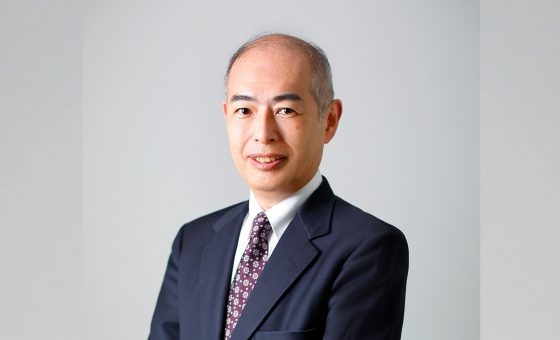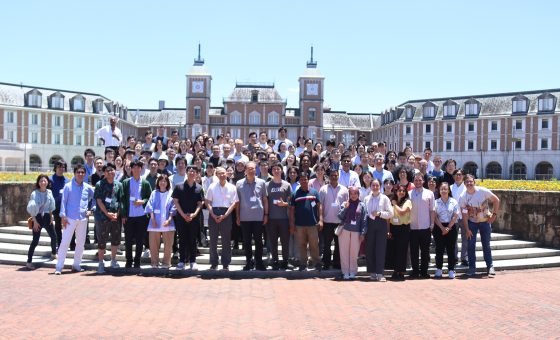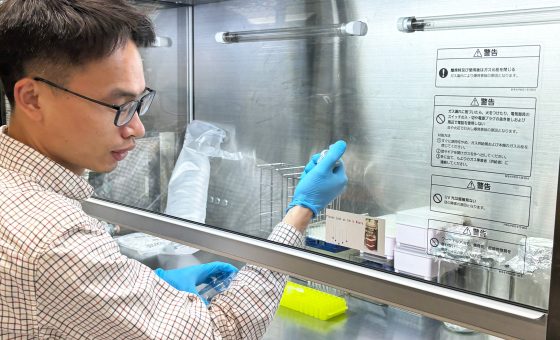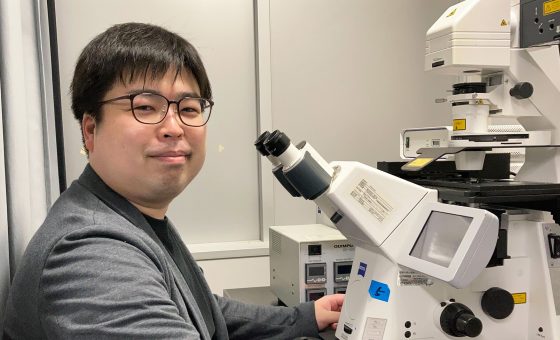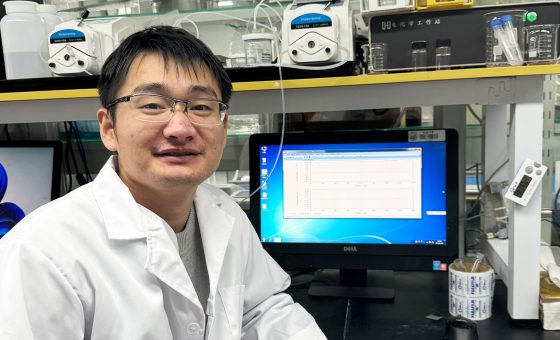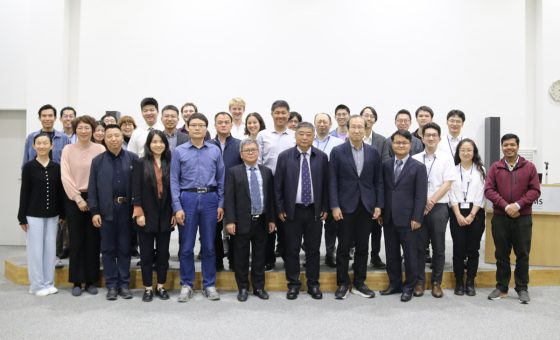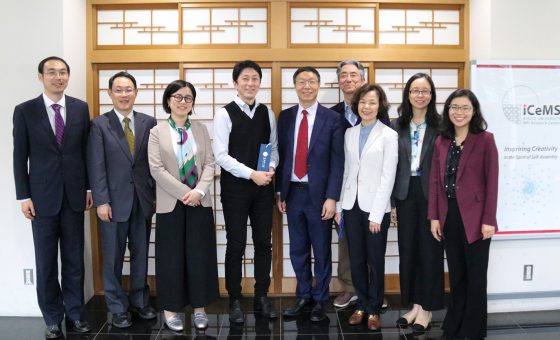Interactive networks for capturing gas with high selectivity
Soft metal-organic polymer networks can adsorb selected molecules from gas mixtures by opening pores when the molecules bind.

The selective extraction of specific gas molecules from gaseous mixtures is a complex chemical challenge, with success offering significant commercial and environmental rewards. Capturing carbon dioxide (CO2) from industrial exhaust gases or the atmosphere, for example, could help mitigate climate change. Researchers at Kyoto University, with colleagues in China, report a new and energy efficient option in the journal Nature Communications.
“Our work demonstrates exceptional molecule recognition and separation performance by deliberately organizing the pore geometry, structural flexibility, and molecular-level binding sites within a porous coordination polymer (PCP),” says chemist Susumu Kitagawa, leader of the research team at Kyoto University’s Institute for Integrated Cell-Material Sciences.
PCPs, also known as metal-organic frameworks (MOFs), have metal ions or clusters held together by organic (carbon-based) linker groups. Choosing different metallic components and adjusting the size and structure of the organic groups can create a huge variety of crystalline materials containing pores with finely controlled sizes, structures and chemical binding capabilities. The new work goes beyond that, however, with pores that adapt when desired molecules bind to them.
“We designed a flexible PCP with a corrugated channel system that can interact with and adsorb CO2 molecules by selectively opening pores that acts as gates, allowing only the CO2 to pass through,” says Ken-ichi Otake, also of the Kyoto team. Capturing CO2 is particularly challenging, he explains, due to the molecule’s relatively small size and low affinity for many adsorptive materials.
The technical term for what the interaction between the CO2 and the PCP achieves is exclusion discrimination gating. This means that binding of molecules chosen as the extraction target, in this case CO2, initiates a synergistic structural change that enhances the binding and opens up the solid phase structure to let the bound molecule enter.
The team demonstrated the power of their system by using it to gather CO2 from mixtures containing many industrially significant molecules, including nitrogen, methane, carbon monoxide, oxygen, hydrogen, argon, ethane, ethene and ethyne.
The process is significantly more energy efficient than existing options, over a full cycle of selective gas capture and regeneration. This could be important for the development of more sustainable gas separation technologies that can support low-carbon industrial processes. Energy efficiency will also be vital for any large-scale climate engineering efforts to extract carbon dioxide from the atmosphere. These will not be practical options if they require the generation of large amounts of energy to power the cycle of extraction, release and storage.
“By building on this initial success, future research will hopefully achieve more versatile breakthroughs in a wide range of selective gas extraction processes, says postdoctoral researcher Yifan Gu, first author of the research report.
Paper Information
“Soft Corrugated Channel with Synergistic Exclusive Discrimination Gating for CO2 Recognition in Gas Mixture”
Authors:Yifan Gu, Jia-Jia Zheng, Ken-ichi Otake, Shigeyoshi Sakaki, Hirotaka Ashitani, Yoshiki Kubota, Shogo Kawaguchi, Ming-Shui Yao, Ping Wang, Ying Wang, Fengting Li, and Susumu Kitagawa
